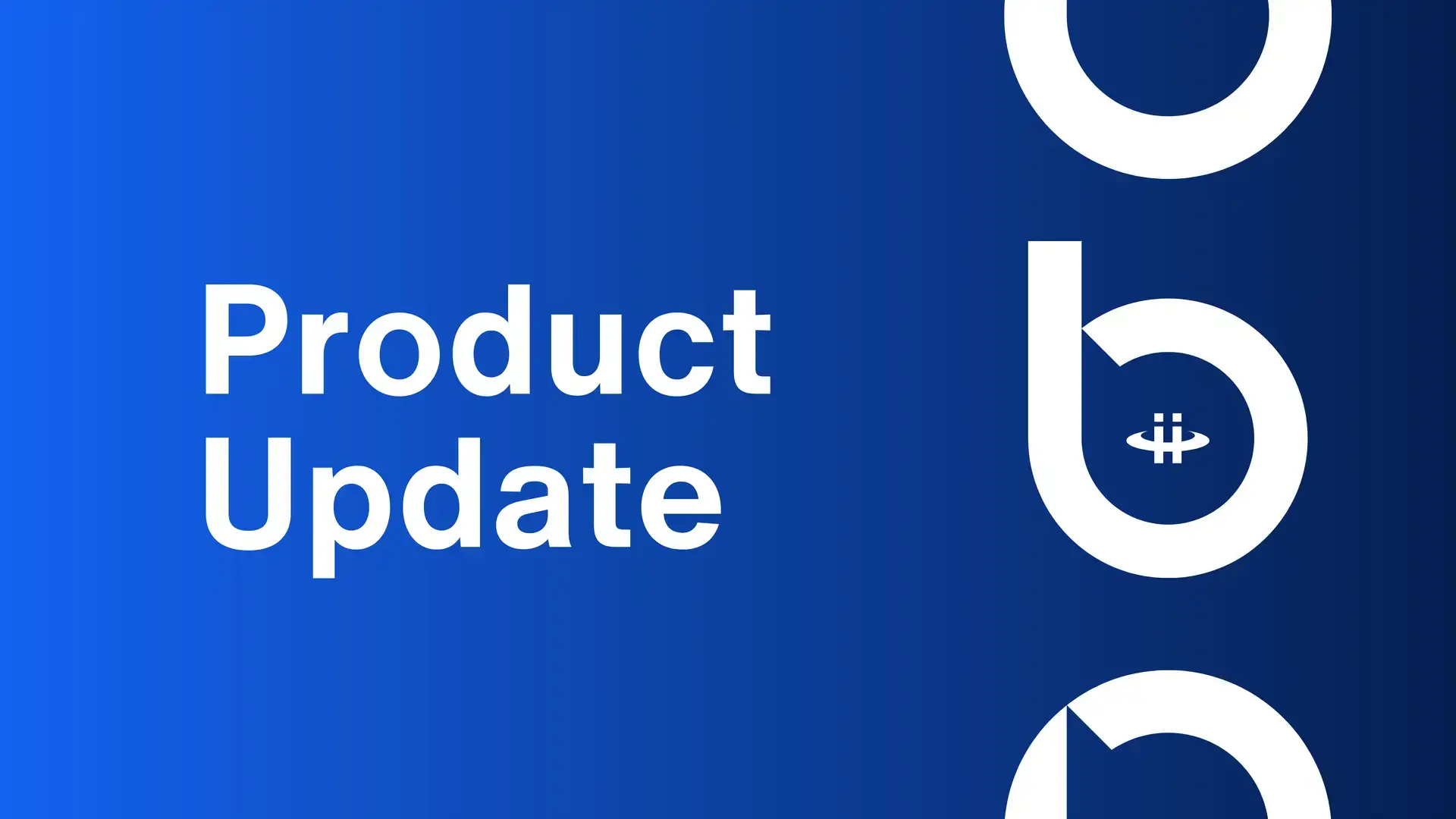Open API allows apps to share data and can be an important part of interpretation technology. Learn what this software buzzword can do for your business.
Open API, also known as Public API, indicates a publicly available Application Programming Interface. Applications (like Boostlingo) with an Open API allow developers working on another application (like a hospital’s scheduling system) to create a line of communication to share information and data.
An easy way to think of this is to picture taking your car to the mechanic. Now imagine that rather than just fixing the problem, the mechanic hands you the tools to get the job done. “This is a European car requiring specific wrenches, screws and computer software,” they tell you. For most of us, we’d rather just let the mechanic do his job and keep the tools.
When it comes to customization and ease of use in software, we like to have the “mechanics” on both sides of the software using the same tools. Open API is the software practice that allows for that communication.
What Does “Ease of Use” Look Like in Interpretation Technology?
When we think of ease of use in interpretation, we think of a few things:
1) Getting connected with an interpreter
2) Reliable calls
3) Easily accessible data
Getting connected with an interpreter via over-the-phone interpreting (OPI) and video-remote-interpreting (VRI), requires a well running app and good connection.
Easily accessible data can be hosted entirely within the Boostlingo platform. When that is the case, all of the reports you generate and the information you need are within that application. When these components are doing what they need to do, we’re experiencing great ease-of-use in that interpretation technology.
Open API is important for the other scenarios we care about for ease-of-use. When interpretation technology is just a small piece of your technology landscape (ie. In hospital systems or in a school system), this small piece of the puzzle needs to be able to communicate with the rest of your tech to achieve ease-of-use.
Let’s think of a hospital setting where a patient is being scheduled for outpatient surgery. Without the ability for interpretation technology and patient data apps to speak to each other, a scheduler would have to leave their patient portal application, go into a separate scheduling platform for the interpreter, then transfer any time stamps and patient data back into a separate billing software when it comes time to report to Medicare or another provider.
Open API instead allows patient data from your patient portal to flow into your interpretation platform and schedule an interpreter onsite or virtually for those who request a language other than English. Ease-of-use here means having one workflow from registration to providing interpretation at the appointment to paying for the interpretation services and reporting for providers, making it easier to train administrators and lower the stress of getting a patient in and out of the hospital.
A note on data security with Open API
When dealing with an API it’s crucial that data is secure (what we call encrypted at rest and encrypted in transit). You don’t have to understand the ins and outs of securing data that’s being transferred from your app to your virtual interpretation provider, but the developers should have a plan. Make sure that you ask potential providers for their info security plan and API security best practices, and check that whatever data protocols they have meet the requirements for your business.
Bottom Line on Open API
Open API is a buzzword in software development that can feel detached from the daily experience of your staff. However, if used correctly, the ability for interpretation technology to communicate with your business’s existing software can make administrator’s lives easier and reduce the stress of providing quality interpretation. When you’re looking at an interpretation technology solution, this Open API software is an important feature to consider.
An interpretation management system (IMS) helps overcome manual management and creates a single tool for on-site and remote services. We’ve put together a short guide on what an IMS is and how it can benefit your organization.
Get the free buyer’s guide to interpretation management systems here.




